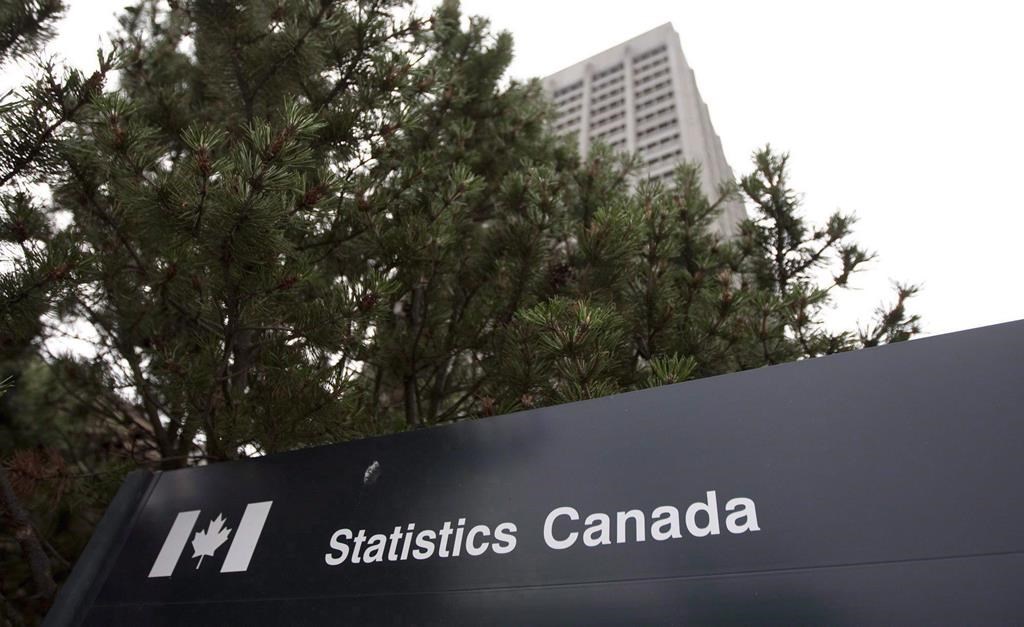Economy adds 64K jobs in September, unemployment rate holds at 5.5%

Posted October 6, 2023 7:42 am.
Last Updated October 6, 2023 11:57 am.
The Canadian economy added more jobs than expected last month, but with the gains driven by a seasonal spike in education employment and an increase in part-time work, economists say the job market is weaker than it looks.
Statistics Canada released its September labour force survey Friday morning, which shows employment rose by 64,000 jobs.
The unemployment rate continued to hold steady at 5.5 per cent for the third month in a row.
“While the headline figures will be grabbing most of the attention, we’d caution on getting too excited. Almost all the gains were in the historically volatile education sector,” said TD director of economics James Orlando in a client note.
“Furthermore, most of the job gains were in part-time employment, causing the number of hours worked to decline. These details should throw some cold water on a seemingly hot jobs report.”
More people were working in educational services and transportation and warehousing while jobs were shed in finance, insurance, real estate rental and leasing, information and recreation, and construction.
Canada’s labour market has cooled over the last year as interest rates have risen: job vacancies have fallen and the unemployment rate has edged up.
Still, economists say the job market has held out better than expected.
Even with the recent rise in the unemployment rate, it remains below pre-pandemic levels. The unemployment rate averaged 5.7 per cent in 2019, the year before COVID-19 upended economic trends.
Wage growth has also remained relatively strong as workers demand raises to compensate for the rise in cost-of-living.
Average hourly wages in September were up five per cent from a year ago.
“The takeaway that is that even with a little bit of softening around the edges, the job market is still quite tight,” said Douglas Porter, BMO’s chief economist.
Strong population growth has also been supporting larger monthly job gains, as more people enter the labour force.
RELATED: Weakening economy convinces BoC to hold key rate, but door to more hikes stays open
The Bank of Canada has been keeping an eye on the labour market to gauge whether the economy is cooling enough to bring inflation back to its two per cent target.
While the central bank’s rate hikes are starting to be felt in the economy, both Orlando and Porter say the labour market has not loosened enough to suggest the Bank of Canada’s job is done.
“We haven’t seen any trends that are obviously screaming at us saying, ‘the economy is moving in the direction the Bank of Canada needs to get inflation back down,”’ Orlando said in an interview.
The Bank of Canada’s key interest rate is sitting at five per cent, the highest it’s been since 2001. The central bank is set to make its next interest rate decision on Oct. 25.








